Stalingrad. Signs in hell
Record from the "Stalingrad" diary of a German officer: "None of us will return to Germany, unless a miracle happens. Time passed to the Russian side. " The miracle did not happen. For not only the time passed to the Russian side ...
In August 1942, Hitler ordered "not to leave a stone in stone" in Stalingrad. Happened. Six months later, when everything was already over, the Soviet government raised the question of the inexpediency of restoring the city, which would have cost more than building a new city. However, Stalin insisted on the restoration of Stalingrad in the literal sense of the word from the ashes. Thus, so many shells were dropped on the Mamayev Kurgan, that after liberation for 2 years, the grass did not grow on it.
From the Author of the site: I liked everything, but not only Russia fought, but the whole planet ... Let's not forget about this!
In Stalingrad both the Red Army and the Wehrmacht changed the methods of combat operations for an unknown reason. Since the beginning of the war, the Red Army has used the tactics of flexible defense with waste in critical situations. The Wehrmacht command, in turn, avoided large, bloody battles, preferring to bypass the large fortified areas. In the Battle of Stalingrad, both sides forget about their principles and go into the bloody wheelhouse.
The beginning was laid on August 23, 1942, when the German aircraft made a massive bombardment of the city. 40 000 people were killed.
This surpasses the official figures of the Allied air raid on Dresden in February 1945 (25,000 victims).
Under the city itself there was a large system of underground communications. During the fighting, underground galleries were actively used by both Soviet troops and Germans. And in the tunnels there were even battles of local importance. It is interesting that the German troops began building a system of their own underground structures from the beginning of their penetration into the city.
Work continued until the end of the Battle of Stalingrad, and only in late January 1943, when the German generals realized that the battle was lost, the underground galleries were blown up.
For us it remains a mystery that the Germans built. One of the German soldiers then ironically recorded in his diary that he had the impression that the command wanted to get to hell and call for help from demons.
The War of the Planets
A number of esotericists argue that some of the strategic decisions of the Soviet command in the Battle of Stalingrad were influenced by practicing astrologers. For example, the Soviet counter-offensive, Operation Uranus, began on November 19, 1942 at 7.30. At this point, the so-called ascendant (the ecliptic point rising above the horizon) was located in the planet Mars (the Roman god of war), and the ecliptic point was the planet Uranus. According to astrologers, it was under the patronage of this planet was the German army.
Interestingly, parallel to the Soviet command, another major offensive operation was being developed on the Southwestern Front, the Saturn. At the last moment, the operation "Small Saturn" was abandoned. Interestingly, in ancient mythology, it was this god (in the Greek mythology of Kronos) who scooped up Uranus.
Alexander Nevsky against Bismarck
The military actions were accompanied by a large number of signs and signs. So, in the 51st Army fought a detachment of submachine-gunners under the command of Senior Lieutenant Alexander Nevsky. The then propagandists of the Stalingrad Front launched a rumor that the Soviet officer was a direct descendant of the prince who had defeated the Germans on Lake Peipsi. Alexander Nevsky was even introduced to the Order of the Red Banner. And on the German side in the battle took the great-grandson of Bismarck, who, as is known, warned, never to fight with Russia. The descendant of the German Kaiser, by the way, was taken prisoner.
Timer and Tango
During the battle, the Soviet side applied the revolutionary innovations of psychological pressure on the enemy. So, from the loudspeakers set at the front, the favorite hits of German music rushed, which were interrupted by reports of the victories of the Red Army in the sectors of the Stalingrad Front. But the most effective means was the monotonous knock of the metronome, which was interrupted after seven blows by a commentary in German: "Every 7 seconds a German soldier dies at the front". At the end of the same series of 10-20 "timer reports" tango came from the loudspeakers.
Mink coats
Many German soldiers and officers who had had many battles behind them recalled that in Stalingrad they sometimes had the impression that they were in some kind of parallel world, an atmosphere of absurdity, where traditional German pedantry and rationality evaporated.
The German command often gave absolutely meaningless orders.
For example, in street battles for some minor plot, German generals could put a couple of thousand of their own fighters. One of the most absurd moments was the episode when the German aviators, the "supplyers", threw the women's mink fur coats from the air closed in the "bloody cauldron" to fighters instead of food and outfits.
Alexey Pleshanov Via russian7.ru

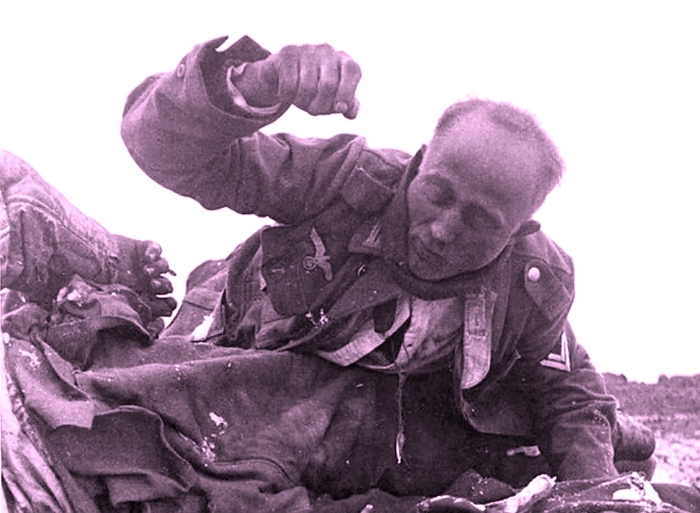


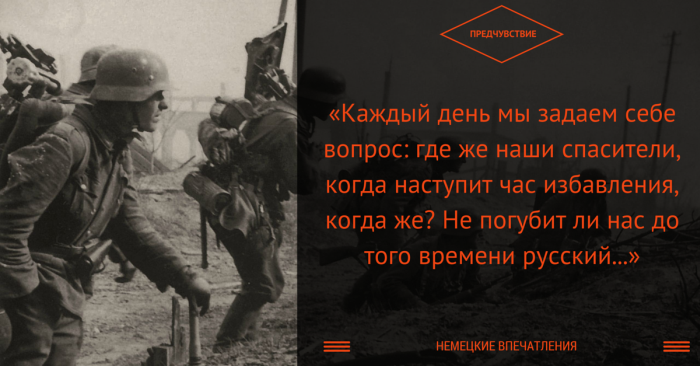
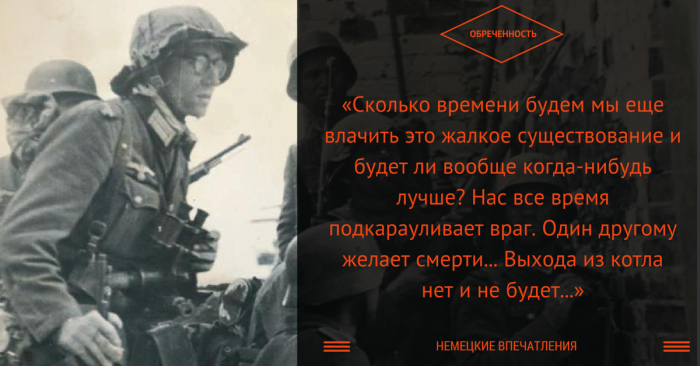
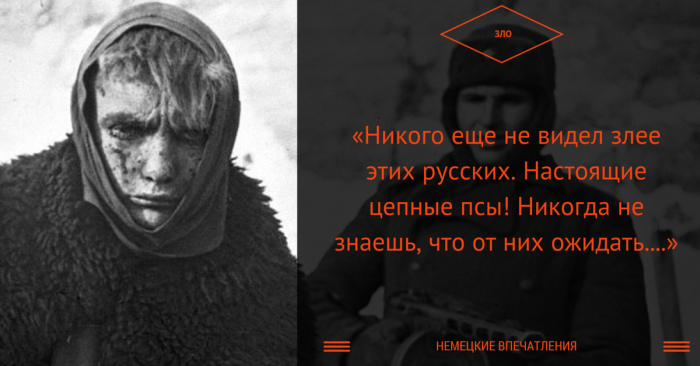
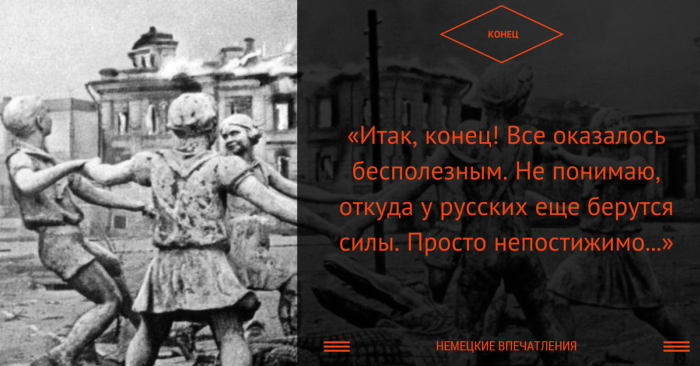

Comments
Commenting on, remember that the content and tone of your message can hurt the feelings of real people, show respect and tolerance to your interlocutors even if you do not share their opinion, your behavior in the conditions of freedom of expression and anonymity provided by the Internet, changes Not only virtual, but also the real world. All comments are hidden from the index, spam is controlled.